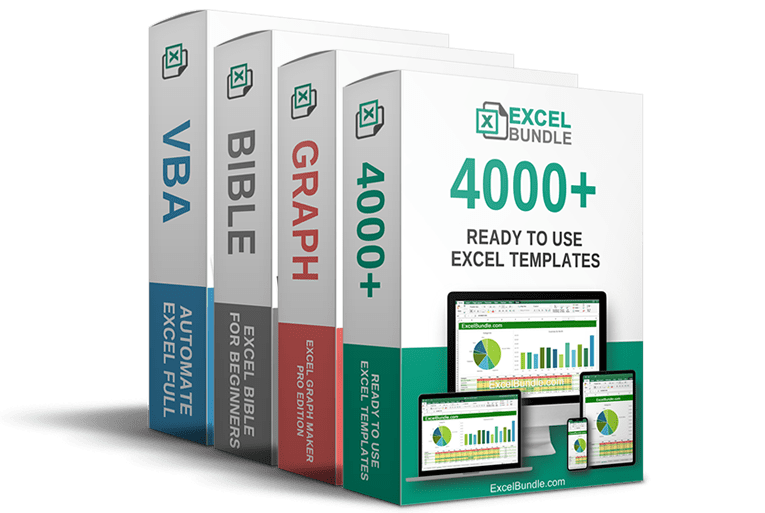50% OFF – Offer valid only today: , ,

If you've ever encountered moments where Excel automatically calculates your data while you're still entering it - you aren't alone! But what if you prefer Excel to perform this calculation one time, on your command? Thankfully, Excel provides an option to control the automatic calculation feature, letting you decide when your formulas should be updated. So, how do you get Excel to calculate only when you want? This tutorial from ExcelBundle.com will walk you through the process step by step.
Excel by default is set to perform calculations automatically as you work on your spreadsheet. This is generally helpful because Excel instantly updates your data as you enter or alter it on your worksheet. However, if you're working on a large spreadsheet with a considerable amount of data and multiple complex formulas, automatic calculations can slow down your progress, as Excel recalculates every time a change is made. This is where manual calculations come into play - you can switch to "Manual" mode to control when calculations are made.
Switching from automatic to manual calculations is pretty straightforward. Here are the steps:
1. Open Excel and go to the workbook that you are working on. From the "File" tab in the Ribbon, head to "Options".
2. In the Excel Options dialog box that pops up, click on "Formulas".
3. In the "Calculation options" section, Excel's default setting "Automatic" will most likely be selected. To switch to manual calculations, click "Manual".
4. Press "OK" to close the dialog box. Now, Excel will only calculate when you want it to.
To perform a manual calculation after making changes in your spreadsheet, you can press the F9 key on your keyboard or you can go to the "Formulas" tab, click on "Calculate Now" in the Calculation group.
If you want to calculate only a particular worksheet instead of the entire workbook, you can use the "Calculate Sheet" option. This is useful when you're working with multiple worksheets in the same workbook and you only want to update one sheet at a time. This option can be accessed from the "Formulas" tab, in the Calculation group, by clicking "Calculate Sheet".
The manual calculation mode is workbook specific. So, if you open a new workbook while another one with manual calculation mode is open, the new workbook will also be in manual calculation mode.
Remember to hit F9 or "Calculate Now" frequently to update your calculations. The biggest risk with using manual calculation mode is forgetting to update!
Controlling when and how Excel calculates your formulas can hugely improve your productivity, especially when working with extensive spreadsheets! While ExcelBundle always strives to offer ready-made templates to save your time, harnessing the power of manual calculations is another trick you won't want to miss!
No matter your level of Excel proficiency, a little knowledge about the behind-the-scenes workings can go a long way to optimize your usage. Happy Excelling!
Excel is without a doubt one of the best tools on the market for working with analytical, graphical, numerical, and mathematical data. However, using it isn’t always easy—especially if you don’t have much experience and need to create reports and spreadsheets from scratch.
That’s exactly why we’ve put together this incredible, all-in-one package of ready-to-use, fully editable Excel spreadsheet templates. With it, you’ll always have a reliable starting point for your projects.
You’ll get over 4,000 ready-made and fully editable Excel templates covering a wide range of topics and industries—so you’ll always have the exact template you need, ready to use whenever you need it.






*Offer valid for a limited time.
You might have missed this opportunity!

